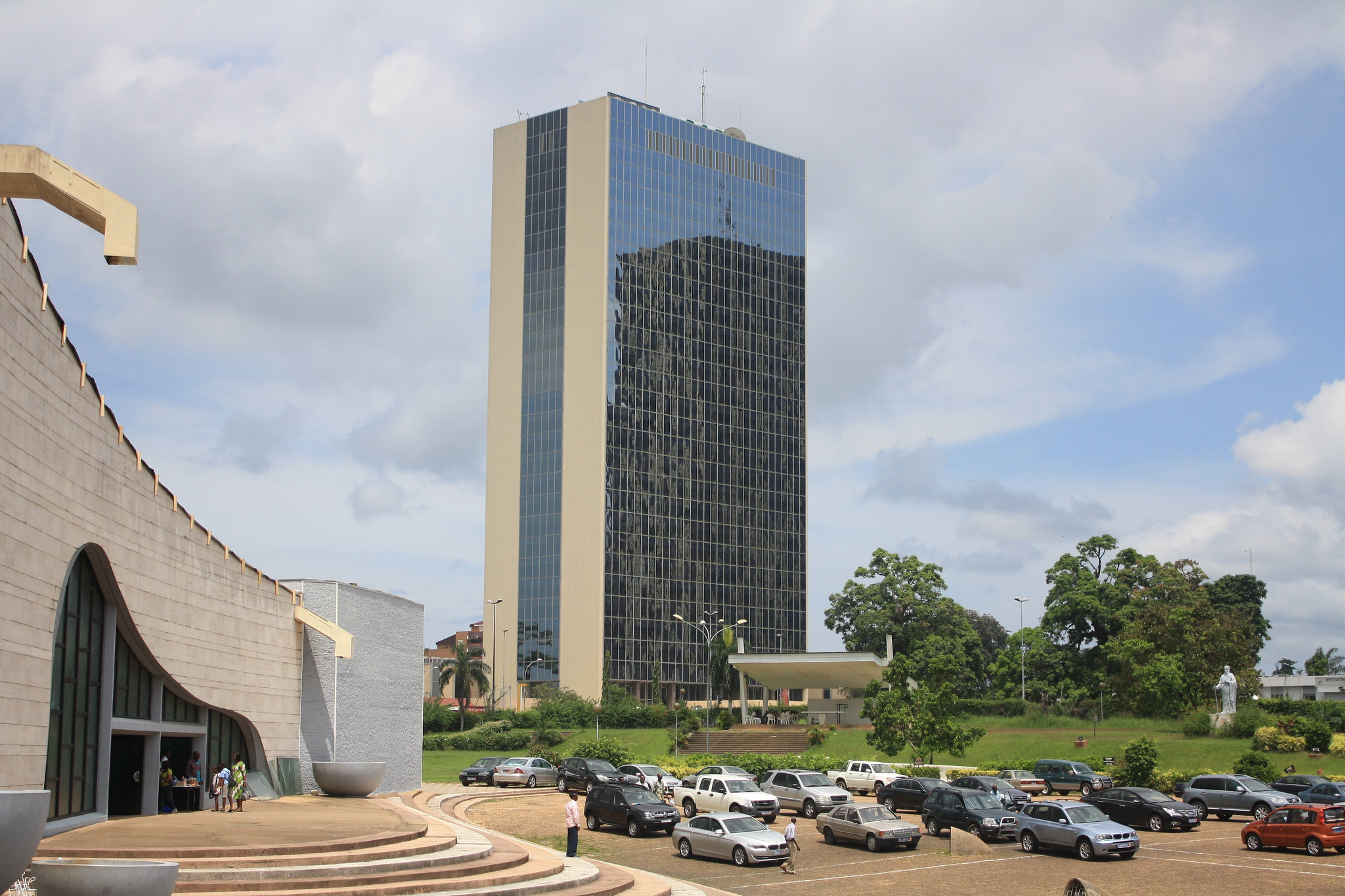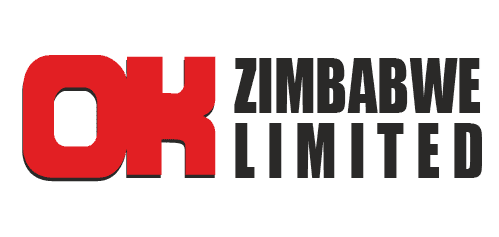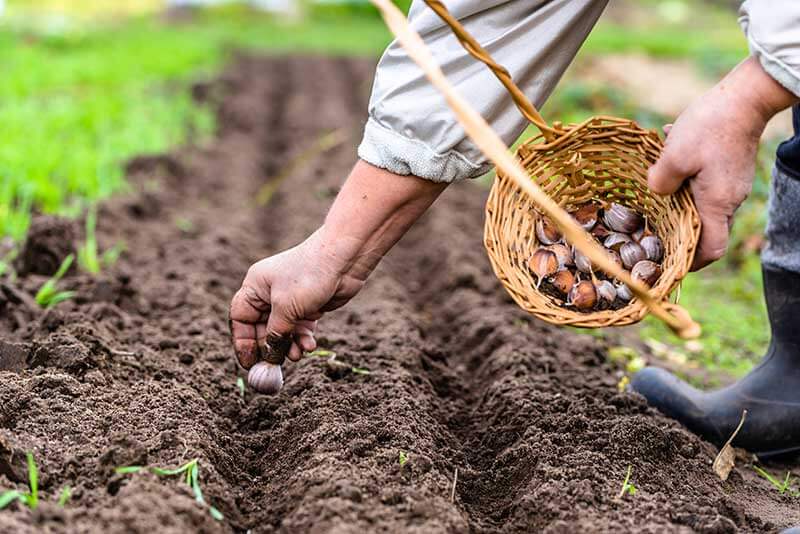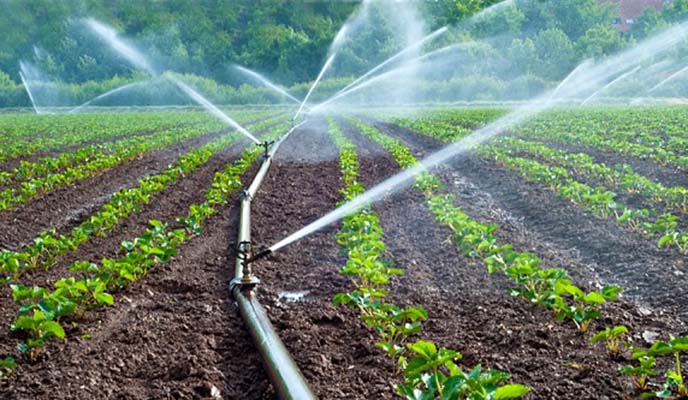Govt targets 350 000ha under irrigation by 2025
THE Government is targeting to increase irrigable land from 217 000 hectares to 350 000 ha by 2025 to accelerate its climate-proof agriculture programmes.
In the latest Second Round of Crops, Livestock and Fisheries Assessment report released by the Ministry of Lands, Agriculture, Fisheries, Water and Rural Development, last week the Southern African indicated it was underutilising its dams and irrigable land.
“With over 10 600 dams capable of irrigating 2 million hectares, and with only just 217 000 hectares functional irrigation in 2024, Zimbabwe has under-invested in this vital enabler and has suffered the consequences through threats to food security,” the report reads.
According to the ministry, the targeted 350 000 ha under irrigation by 2025 cannot be achieved with a business-as-usual approach amid calls for radical innovative financing mechanisms, given most of the proportion of the irrigation development has been funded by the Government.
This comes after the Government achieved 846 hectares of additional irrigation while the private sector and individuals put a combined 3 325 ha under irrigation. Development partners chipped in with 1 255 ha, bringing the cumulative additional land under irrigation for the 2023/24 season to 5 426ha.
This shows that the Irrigation Development Alliance, a Government-initiated, private-sector-led collaboration for exploitation of innovating financing arrangements to unlock resources to develop 120 000ha irrigation facilities in the next two years has begun to bear fruit.
According to the ministry, farmers need a reprieve on utility rates and tariffs as an incentive for investing in such critical infrastructure.
“Once available, irrigation must be complemented by affordable water charges. Government is gazetting the 31 percent tariff reduction, and streamlining both the ZINWA (Zimbabwe National Water Authority) and Water Acts to reduce bureaucratic sloth, and entrench efficiency,” the report said.
Agriculture analyst Mr Vimbai Magura believes lower rates will free funds for farmers to invest in their operations.
“Incentives for irrigation-based agriculture are crucial for sustainable farming practices. Lower rates and tariffs provide much-needed relief for farmers investing in irrigation infrastructure. It not only encourages adoption but also fosters long-term viability in agriculture,” he said.
Another analyst Ms Sheila Anderson said the planned move was commendable but there would be need for farmers to save water for longer use.
“As an agriculture analyst, I emphasise the importance of affordable water charges to support irrigation ventures. The government’s planned move to reduce tariffs by 31 percent is commendable and aligns with the goal of streamlining bureaucratic processes.
Efficient water management is fundamental for boosting agricultural productivity and ensuring food security,” she added.
Such initiatives become critical as Zimbabwe is predicted to become drier in the decades ahead, with increased frequency to extreme weather events, so climate-proofing agriculture through accelerated irrigation development must be pursued with the energy and urgency that it deserves.-herald










